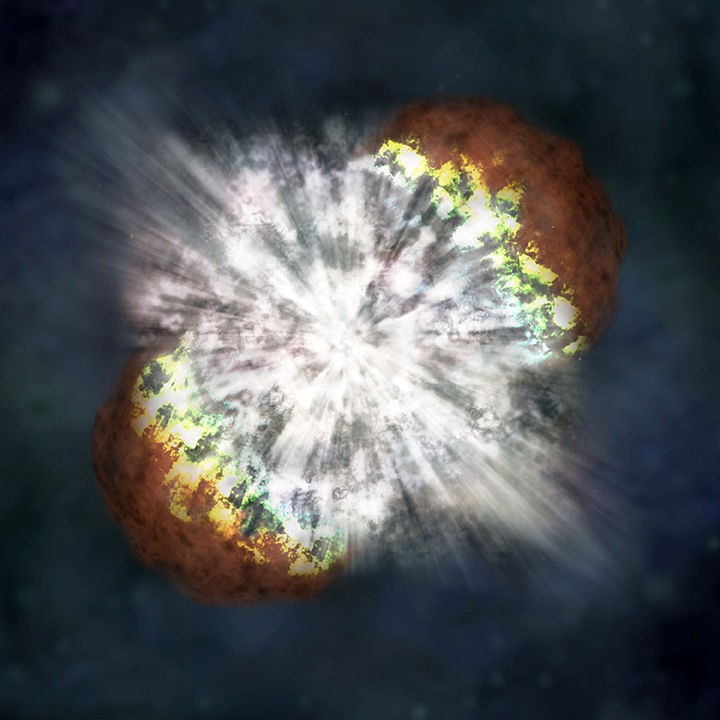
NASA scientists have discovered a half-exploded star that was able to survive its own supernova, the event that signals the death of a star and is a massive explosion and has become even brighter than before.
There are different types of supernova explosions according to scientists, including type Ia supernovae, which are also known as thermonuclear supernovae, that occur in binary star systems. In order to trigger a type Ia supernova, one of the two stars must be a white dwarf and the other is often a low-mass star, similar to our Sun.
Surviving Star
These types of supernovae signal the complete destruction of a white dwarf, leaving nothing behind. But when astronomers observed the site of the supernova (SN) 2012Z using the NASA/ESA Hubble Space Telescope, they were surprised to discover that the star had survived the massive explosion.
Not only that, this cosmic body, instead of dying out and losing its brilliance, was shining even brighter than it had been before. SN 2012Z is a type of thermonuclear explosion that is known as a Type Iax supernova, which are dimmer, weaker cousins of the more traditional type Ia, as per SciNews.
The Hubble images that were taken in 2013 were part of a concerted effort to identify which star in the older images corresponded to the star that had exploded. Analysis of the data in 2014 was successful as scientists were able to identify the star at the exact position of SN 2012Z.
This was the first time that the progenitor star of a white dwarf supernova had been identified by astronomers. In a statement, a postdoctoral researcher at Las Cumbre Observatory and the University of California, Santa Barbara, Dr. Curtis McCully, said that they were expecting to see one of two things when they got the most recent Hubble data.
This was either the star would have completely gone away, or maybe it would have still been there, meaning that the star they saw in the pre-explosion images was not the one that blew up. He noted that nobody expected to see a surviving star that was brighter.
According to Phys.org, McCully said that the findings of the observations give astronomers new information about the origins of some of the most common yet mysterious explosions in the universe. Type Ia supernovae are important tools that experts use to measure cosmic distances.
Coming Back Stronger
Observations of these massive explosions began in 1998 and revealed that the universe has been expanding at an ever-accelerating rate. Experts believe that this phenomenon is due to dark energy, the discovery of which won the Nobel Prize in Physics in 2011.
A professor at the University of California, Santa Barbara, Andy Howell, said in a statement that the surviving star was a little like "Obi-Wan Kenobi" coming back as a force ghost. He noted that nature itself tried to strike the star down but it came back more powerful than before.
Howell, who is the co-author of a paper published in the Astrophysical Journal, was part of the team that documented the discovery of the star. The paper was presented last week at a meeting of the American Astronomical Society in Pasadena, California, CNET reported.
Related Article:
Sunspot Pointing at Earth Could Cause Solar Flares: Is Our Planet in Danger?
© 2025 HNGN, All rights reserved. Do not reproduce without permission.








